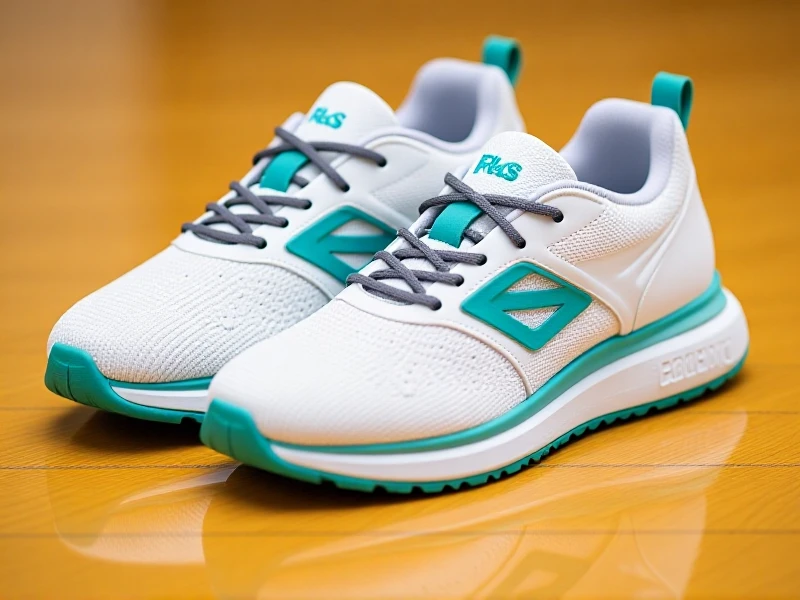
Finding Your Perfect Running Shoes: The Ultimate Guide
Choosing the right pair of running shoes is critical for performance, comfort, and injury prevention. Whether you're a seasoned marathoner, a casual jogger, or just starting your running journey, the sheer variety of running shoes available can be overwhelming. Let's break down the essentials to help you navigate the world of running footwear and find your ideal match.
The foundation of a great running shoe lies in understanding your foot type and running style. Do you have flat feet (overpronation), high arches (underpronation/supination), or a neutral gait? Visiting a specialty running store for a gait analysis is highly recommended. Experts can observe your stride and recommend the best type of shoe – stability shoes for overpronators, cushioned shoes for supinators, or neutral shoes for a balanced gait.
Next, consider the running shoes' primary purpose:
- Road Running: Designed for pavement and packed surfaces. Look for lightweight designs, flexible soles for efficient strides, and ample cushioning to absorb impact from hard surfaces. Breathable uppers are key.
- Trail Running: Built for rugged terrain with aggressive lugs (tread patterns) for superior grip, rock plates for protection, and enhanced durability. Often feature more structured uppers and added stability elements.
- Racing/Race Day: Prioritize minimal weight and responsiveness. Less cushioning maximizes energy return for speed, but requires strong running mechanics. Ideal for seasoned runners on race day.
- Max Cushion: Offer exceptional softness and shock absorption, perfect for long distances, runners with joint sensitivity, or those favoring a plush feel underfoot.
Key features demanding attention include:
- Cushioning Level: Ranges from minimal/barefoot feel to maximum plushness. Choose based on distance, terrain, comfort preference, and joint needs.
- Heel-to-Toe Drop: The height difference between the heel and forefoot (e.g., 10mm, 8mm, 4mm, 0mm "zero-drop"). Affects stride mechanics. Traditional drops (8-12mm) are common; lower drops promote a midfoot strike but require adaptation. Stick with what your body is used to unless transitioning slowly.
- Fit: Crucial for all running shoes. Your toes need wiggle room (about a thumb's width space at the end). Ensure a secure but not constricting heel lock and midfoot hold. Width options are vital too. Always try shoes on in the afternoon when feet are slightly swollen.
Leading brands like Nike, Brooks, ASICS, Saucony, New Balance, HOKA, and Altra continuously innovate with materials and technologies – from Nike Air Zoom units to Brooks DNA LOFT cushioning and ASICS GEL. Technology matters, but fit and function trump marketing hype.
Remember, running shoes aren't forever. Replace them every 300-500 miles (500-800 km), as midsole cushioning degrades and loses shock absorption. Signs include noticeable wear patterns, decreased comfort, and even new aches or pains.
Investing time in finding the right running shoes tailored to your feet, gait, and goals is an investment in your health and your running enjoyment. Don't settle for discomfort; the perfect pair empowers you to conquer the road or trail mile after mile. Try on multiple pairs and trust how they feel!